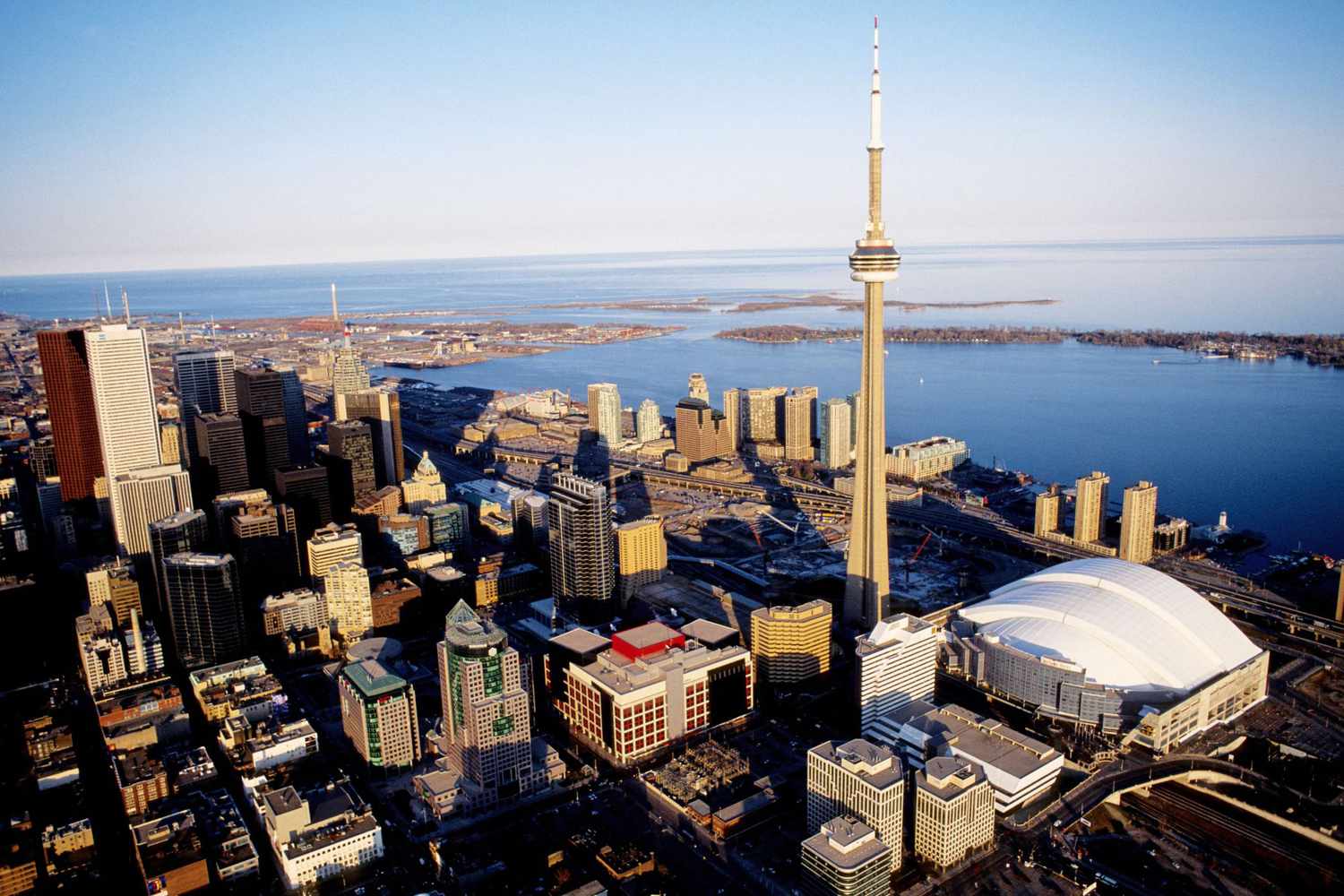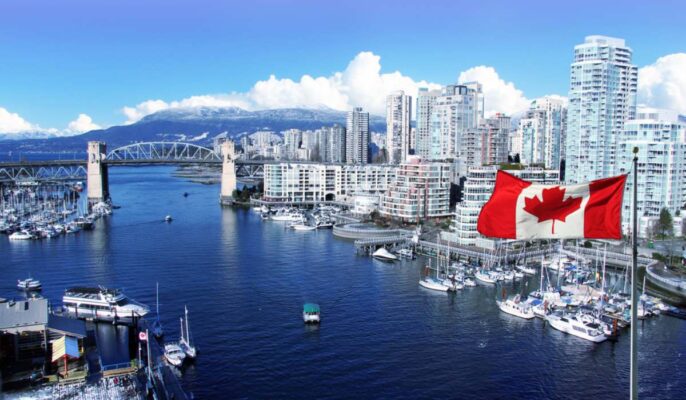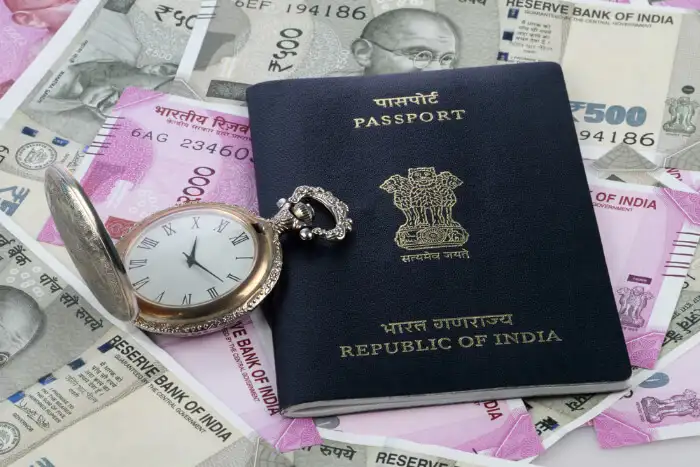Welcome, wanderlust seekers! Have you ever dreamt of exploring the breathtaking landscapes and vibrant cities that Canada has to offer? Well, get ready to turn your dreams into reality! Whether you’re yearning to witness the awe-inspiring Niagara Falls or immerse yourself in the cultural melting pot of Toronto, this ultimate guide is here to pave your way towards obtaining a visitor visa for Canada. No more confusion or frustration – we’ve got you covered with all the essential information, insider tips, and expert advice you need. So grab your passport and let’s embark on an unforgettable journey through the application process together! Visitor Visa for Canada
Introduction to Visitor Visas for Canada
Canada is a diverse and beautiful country that attracts millions of visitors each year. From the stunning landscapes of the Rocky Mountains to the vibrant city life of Toronto, there is something for everyone in this great nation. If you are planning a trip to Canada, one of the first things you will need to do is apply for a visitor visa.
A visitor visa, also known as a temporary resident visa, is an official document issued by the Canadian government that allows foreign nationals to enter and stay in Canada for a temporary period. It is essential to have a valid visitor visa before arriving in Canada, even if your country does not require a visa.
In this section, we will provide an overview of everything you need to know about applying for a visitor visa for Canada, including who needs one, how long it is valid for, and what documents you will need. This guide aims to help simplify the application process and provide you with all the information you need to successfully obtain your visitor visa. Urgent Visa for Canada
Who Needs a Visitor Visa?
Citizens from specific countries may be exempt from needing a visitor visa if they meet certain criteria. These countries include Australia, France, Germany, Italy Japan,south Korea ,the Netherlands,the United Kingdom (excluding British overseas citizens),and many more. However,nationals from other countries such as India or China are required to obtain a visitor visa before traveling to Canada.
Types of Visitor Visas Available
When it comes to visiting Canada, there are a few different types of visitor visas that you may be eligible for. Each type has its own specific requirements and purpose, so it’s important to understand the differences in order to choose the right one for your trip. In this section, we will discuss the various types of visitor visas available for traveling to Canada.
1. Temporary Resident Visa (TRV):
The most common type of visitor visa is the Temporary Resident Visa or TRV. This visa allows non-Canadians to enter Canada temporarily for tourism, business, or other short-term purposes. It is typically valid for up to 6 months and can be single or multiple entry. To apply for a TRV, you must meet certain eligibility criteria such as having a valid passport, being in good health, and demonstrating strong ties to your home country.
2. Electronic Travel Authorization (eTA):
The eTA is an electronic travel authorization that is required for citizens from visa-exempt countries who are flying into Canada. This includes countries such as the United States, Australia, and many European nations. The eTA is linked electronically to your passport and is valid for up to 5 years or until your passport expires, whichever comes first.
3. Super Visa:
For those who have family members living in Canada as permanent residents or citizens, the Super Visa may be an option.
How to Prepare for Your Visa Application
Preparing for your visa application is an essential step in the process of obtaining a visitor visa for Canada. It requires careful planning, organization, and attention to detail to ensure that your application is successful. In this section, we will discuss the key steps you need to take in order to prepare yourself for your visa application.
1. Understand the Requirements:
The first and most crucial step in preparing for your visa application is understanding the requirements set by the Canadian government. This includes determining whether you are eligible for a visitor visa, what documents are required, and any additional criteria that must be met. You can find this information on the official website of Immigration, Refugees and Citizenship Canada (IRCC).
2. Gather all necessary documents:
Once you have determined the requirements for your specific situation, it is essential to gather all the necessary documents before submitting your application. These may include a valid passport, proof of funds, travel itinerary, letter of invitation (if applicable), and any other supporting documents as per IRCC’s guidelines.
3. Complete forms accurately:
Filling out forms correctly is crucial in ensuring a smooth and successful visa application process. Be sure to provide accurate information and double-check all details before submitting your forms.
4. Get photographs taken:
It is important to have recent passport-sized photos taken that meet IRCC’s specifications. These photos will be required as part of your application package.
Fill out the Application Form
Once you have gathered all the necessary documents and met the eligibility requirements, the next step in applying for a visitor visa to Canada is to fill out the application form. This form, also known as the IMM 5257 Application for Visitor Visa, can be completed online or on paper.
If you choose to complete the application online, you will need to create an account on the Immigration, Refugees and Citizenship Canada (IRCC) website. This will allow you to save your progress and come back to it later if needed. If you prefer filling out a paper application, it can be downloaded from the IRCC website or obtained from a Canadian embassy or consulate.
Whichever method you choose, it is important to make sure that your application form is complete and accurate. Any errors or omissions can result in delays or even rejection of your visa application. In this section, we will guide you through each section of the application form and provide tips for filling them in correctly.
1. Personal Information:
The first section of the application form requires basic personal information such as your full name, date of birth, gender, marital status, passport details and contact information. It is important to ensure that this information matches exactly with what appears on your passport.
2. Purpose of Visit:
In this section, you will need to specify why you are visiting Canada – whether it is for tourism purposes or for business meetings.
Pay the Application Fee
Once you have completed and submitted your visitor visa application for Canada, the next step is to pay the required application fee. This fee is non-refundable and must be paid in order for your application to be processed. In this section, we will guide you through the steps of paying the application fee for a Canadian visitor visa.
1. Determine the Application Fee: The first step is to determine the exact amount of application fee that you need to pay. This can vary depending on your country of residence, type of visa applied for, and other factors. You can find this information on the official website of Immigration, Refugees and Citizenship Canada (IRCC) or by consulting with a trusted immigration consultant.
2. Payment Methods: IRCC offers various payment methods for submitting your visa application fee such as online payment, payment at a bank or financial institution, or via mail. It is recommended to make an online payment using a credit card as it is faster and more convenient.
3. Online Payment: To make an online payment, you will need access to a valid credit card (Visa, Mastercard or American Express). Simply login to your IRCC account and select the option of “Pay my fees”. Follow the instructions provided and enter all necessary details accurately before submitting your payment.
Submit Your Application and Wait for a Decision
Once you have gathered all the necessary documents and completed the online application form, it is time to submit your application for a visitor visa to Canada. This section will outline the steps you need to follow to successfully submit your application and what to expect while waiting for a decision.
1. Submitting Your Application:
The first step is to pay the required fees for your visa application. You can do this online or in person at a designated visa application center (VAC). Once you have paid the fees, you will receive a receipt with a unique tracking number that you will need throughout the process.
Next, you will need to create an account on the Immigration, Refugees and Citizenship Canada (IRCC) website and complete the online application form. Make sure to double-check all information before submitting as any errors could delay your application.
After submitting your form, you will be prompted to upload your supporting documents. These may include proof of financial support, travel itinerary, letter of invitation (if applicable), and any other documents specific to your situation. It is important to ensure that all documents are clear and legible.
2. Biometrics:
If you are from a country that requires biometric data collection, you will need to visit a VAC or authorized service point (ASP) within 30 days of submitting your application. Here, they will take your fingerprints and photo as part of the biometric data collection process. You must pay an additional fee for this service.



